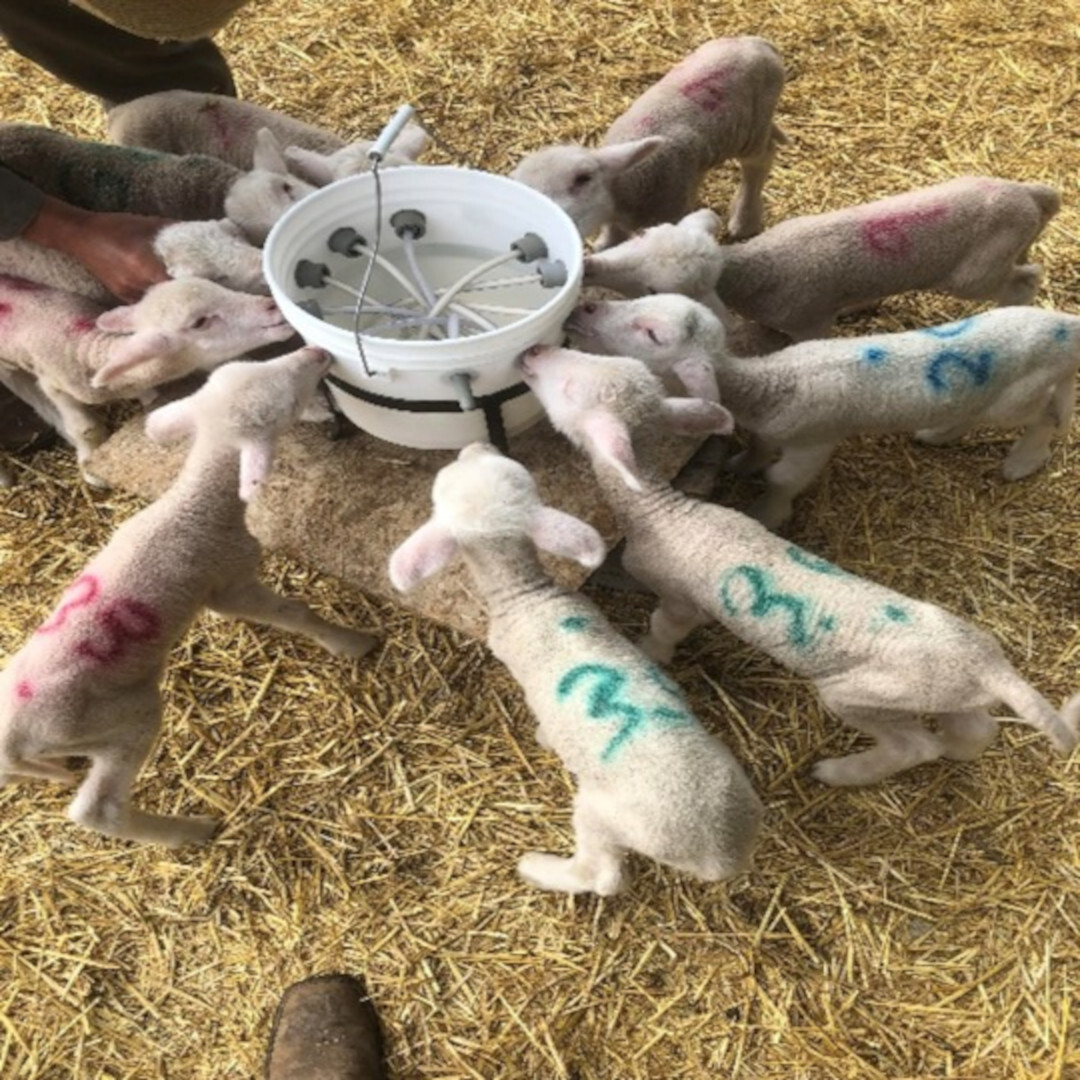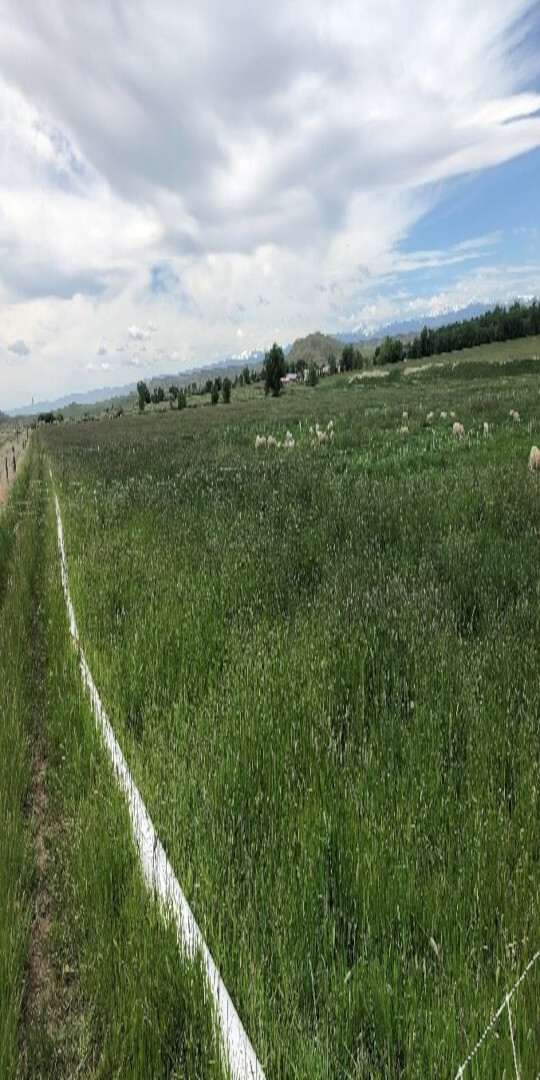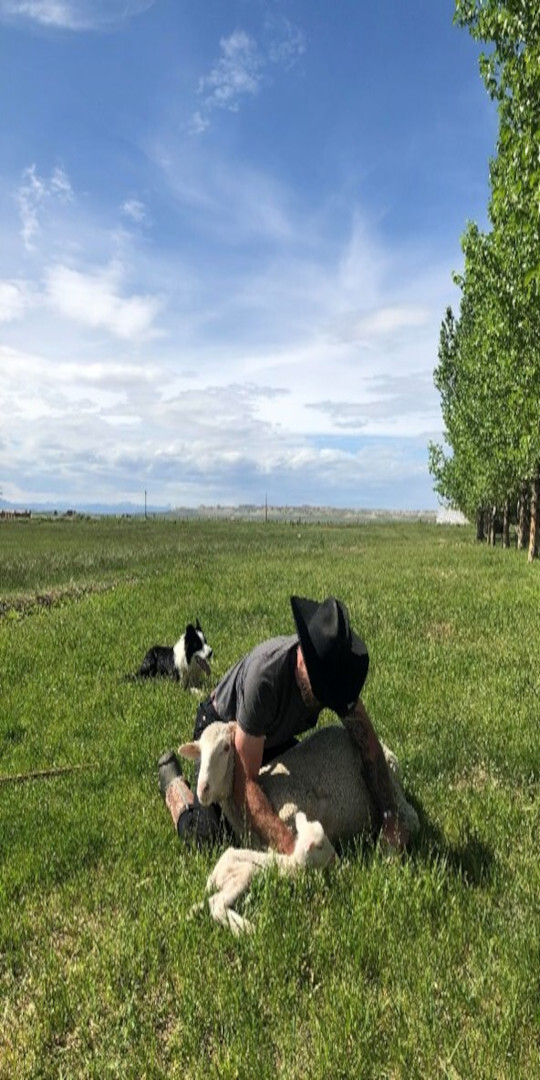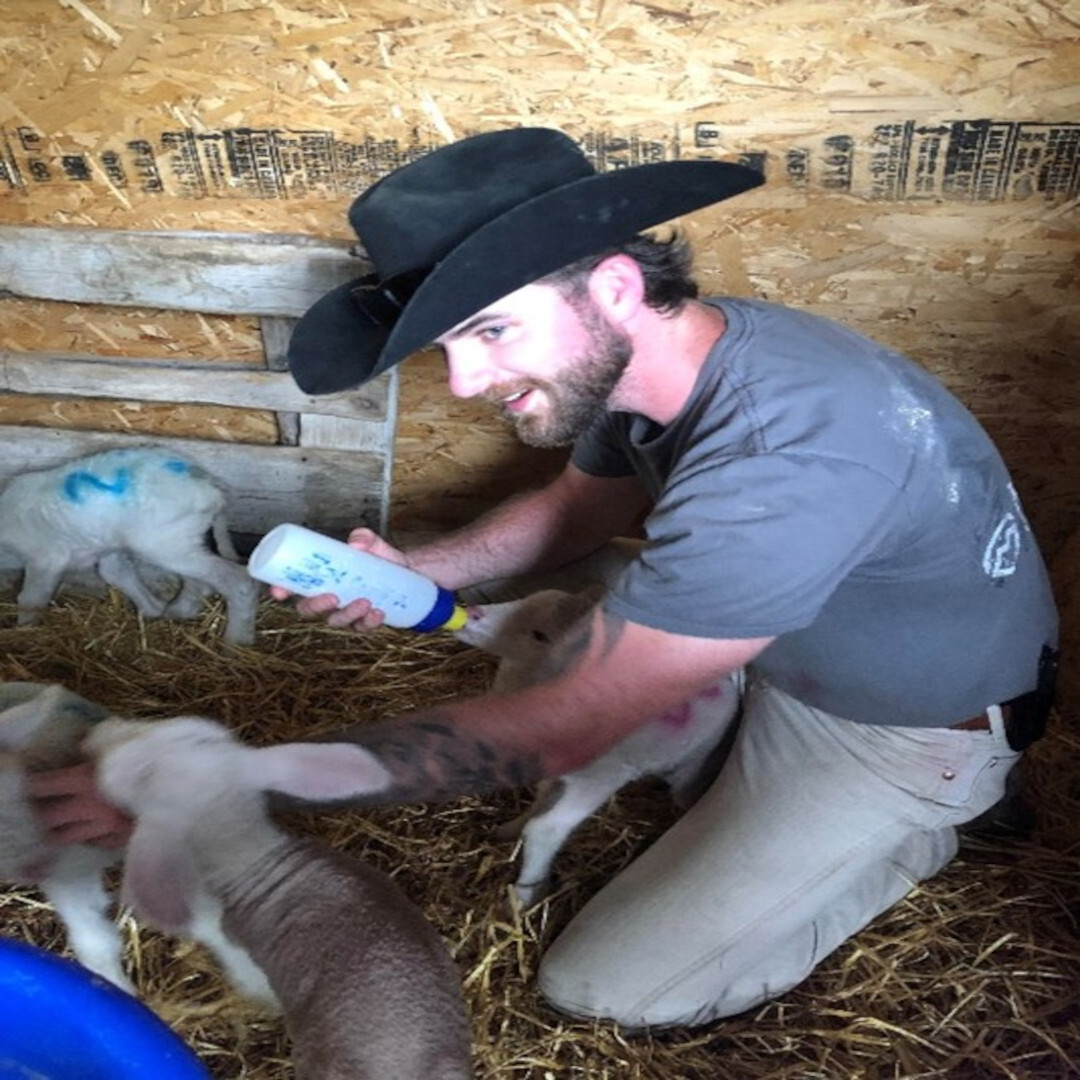Pasture Irrigation and Lambing

#bfrdpwy #aginternship #RightRisk
Through the first week of this internship, I have already learned so much. There is much more than you could expect when running sheep whether on pasture or through corrals. The major points that I have learned this last week would be irrigation of pasture and lambing. These two points are the fundamentals of what you need to know to, not only produce healthy sheep, but to also sustain the flock.
Irrigation is probably one of the most important parts of the year for keeping your sheep healthy as well as stress free during lambing. From working on irrigation as well as lambing I have learned that the healthier the pasture the healthy the sheep. The rumen of the sheep relies heavily on not only the concentration of the feed, but also the variety. I’ve observed that correct irrigation is a necessity and paves the way for a smooth and healthy lambing process.

Lambing has been quite the experience from this last week as we have lambed roughly 60-70 ewes with some having singles, twins, and even triplets. Not only have I tubed some that were having plugged utters, but also assisted breached lambs and even hand feeding roughly 20 bums (lambs that were pulled from their mother for reasons such as no milk, dead mother, etc.). The process of lambing in strenuous and I’ve learned you must consistently check [on them]. If not you could have lambs get stuck in the birthing canal with restricted flow to the vital organs, or a bag stuck on the head of a lamb that a ewe cannot get off, which can lead to death in as little as 1 minute.
Irrigation isn’t too hard of a process once you get down the general premise of what needs to be done. Making sure to flood the pasture over areas by reading the slopes of the land will not only keep the grass, forbs, and other plants healthy but it will keep the livestock from compacting the soil. Some questions I still have would be what other ways I could irrigate properties depending on what types of landscape I irrigate (rougher terrain, different feeds).

With lambing I have only lambed wool sheep thus far, so I haven’t worked with other species like hair sheep that I would likely rather run in the south (I am from Arkansas) that would do better in higher temps and higher humidity. My questions would be how these different species would be in terms of gestation periods, if their digestive systems rely on the same feeds or if some differ some depending on the species and how lambing might differ from wool to hair sheep.
Like I said in the initial question I have learned so much just from my first week here at the Big Ridge Farm. My plan with what I have learned is to go back home where my parents’ run goats, chickens, and cows and use the information I have learned to pass on crucial information (irrigation especially) to help keep pastures up and green when the time comes to put livestock out. As well with the lambing process I can no pass on better judgement in terms of livestock health during pregnancy and tell tell signs of possible bacterial or viral infections.
I also plan to run hair sheep myself (in the future), a flock roughly 20-30 sheep. With what I have learned I feel confident that one day I’ll be able to run a flock that size (and hopefully much bigger one day) on my own. I know that issues will arise and not everything will run perfect, but with all the things I have learned through day-by-day experience, I feel closer and closer to the goal of running a successful operation myself.

Submitted by: Elijah Richardson
Edits by: GrowinG Internship Team

